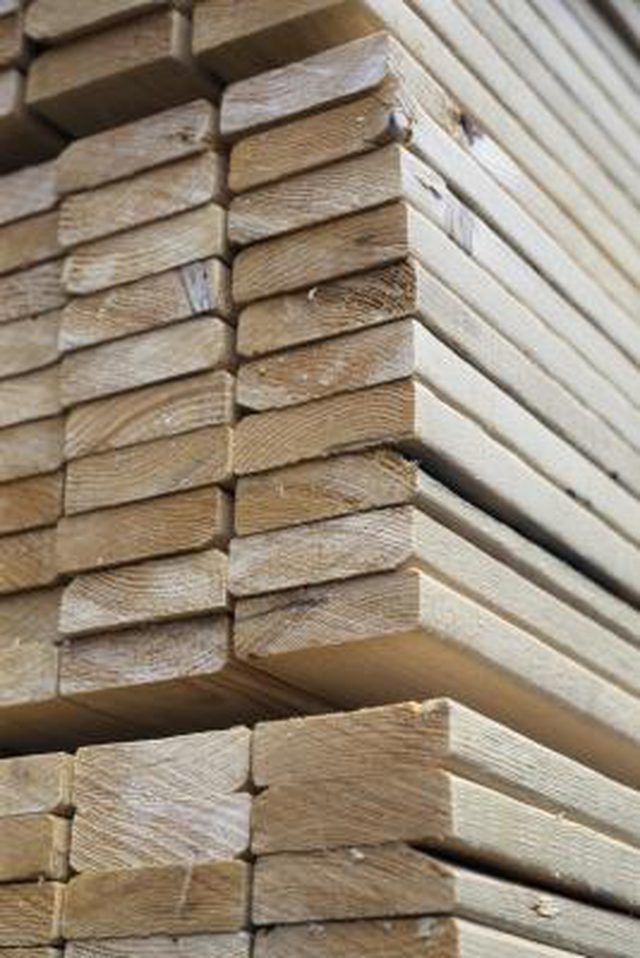Bulbs
Flower Basics
Flower Beds & Specialty Gardens
Flower Garden
Garden Furniture
Garden Gnomes
Garden Seeds
Garden Sheds
Garden Statues
Garden Tools & Supplies
Gardening Basics
Green & Organic
Groundcovers & Vines
Growing Annuals
Growing Basil
Growing Beans
Growing Berries
Growing Blueberries
Growing Cactus
Growing Corn
Growing Cotton
Growing Edibles
Growing Flowers
Growing Garlic
Growing Grapes
Growing Grass
Growing Herbs
Growing Jasmine
Growing Mint
Growing Mushrooms
Orchids
Growing Peanuts
Growing Perennials
Growing Plants
Growing Rosemary
Growing Roses
Growing Strawberries
Growing Sunflowers
Growing Thyme
Growing Tomatoes
Growing Tulips
Growing Vegetables
Herb Basics
Herb Garden
Indoor Growing
Landscaping Basics
Landscaping Patios
Landscaping Plants
Landscaping Shrubs
Landscaping Trees
Landscaping Walks & Pathways
Lawn Basics
Lawn Maintenance
Lawn Mowers
Lawn Ornaments
Lawn Planting
Lawn Tools
Outdoor Growing
Overall Landscape Planning
Pests, Weeds & Problems
Plant Basics
Rock Garden
Rose Garden
Shrubs
Soil
Specialty Gardens
Trees
Vegetable Garden
Yard Maintenance
How to Build a Garden Bed 2 Feet Off the Ground
How to Build a Garden Bed 2 Feet Off the Ground. Gardeners with health problems or physical limitations, such as back injuries, are often unable to grow traditional gardens in the ground. This is because these gardens are difficult to maintain when the gardener must stoop to the ground to perform routine tasks such as weed removal or harvesting. A...

Gardeners with health problems or physical limitations, such as back injuries, are often unable to grow traditional gardens in the ground. This is because these gardens are difficult to maintain when the gardener must stoop to the ground to perform routine tasks such as weed removal or harvesting. A raised garden bed is one solution to this problem, providing a lifted garden space 2 feet or more from the ground.
Things You'll Need
Garden tools (rake, shovel)
Chalk
Measuring tape
Weed-control fabric
Wire mesh
Untreated cedar or redwood construction lumber
Saw
Hammer and nails
Soil
Prepare the area. Select a location in your yard that receives the proper amount of sunlight for the plants you intend to grow. Clear the area of weeds, plants and turf.
Outline the shape of the bed you intend to build with a piece of chalk. Draw an outline 4 feet long by 4 feet wide for a basic, square-shaped bed appropriate for many garden plants. Dig in vertical strokes from one side of the bed outline to the other. Dig into the soil deeply enough to bury half of one of the boards you are using to make the frame of the bed.
Cover the bottom of the outlined area with a weed-control fabric from your local garden supply store. This prevents weeds that may exist in the remaining soil from becoming problematic in your new raised bed.
Place a layer of wire mesh over the weed control fabric to prevent gophers or burrowing pests from entering your raised bed.
Cut or have 24 pieces of 2-by-4-inch lumber cut to 4 feet long. Cut or have four pieces of 2-by-4-inch lumber cut to two feet long.
Place four of the 4-foot long pieces onto a corresponding line on the chalk outline to create a frame for the bed. Overlap the corners to create a smooth, square corner on each side.
Place a 2-foot-long piece vertically into each corner on the inside of the bed. Nail the 4-foot-long horizontal pieces into the 2-foot-long vertical pieces to hold them all together.
Place one of the 4-foot-long pieces horizontally over the initial frame of any wall. Attach this piece to both 2-foot-long vertical pieces on that wall by nailing through the 2-foot vertical pieces into the 4-foot horizontal piece from inside the bed. Repeat this process for each remaining piece of 4-foot-long lumber, placing six pieces of lumber onto each wall. This should create a 2-foot-high wall on each side.
Fill the raised bed with a soil mixture of your choice. A 4-by-4-foot raised bed that is 2 feet deep requires 32 cubic feet of soil. Fill the area around the outer area of the garden bed until the bed is halfway buried around its perimeter.
Tips & Warnings
The shape of the bed can change according to your preferences; simply have the lumber cut to the specific measurements needed to accommodate the specific design.
Never use treated wood for your lumber, as the chemicals that treat the wood may leach into your garden soil and harm your plants or make vegetable plants toxic.